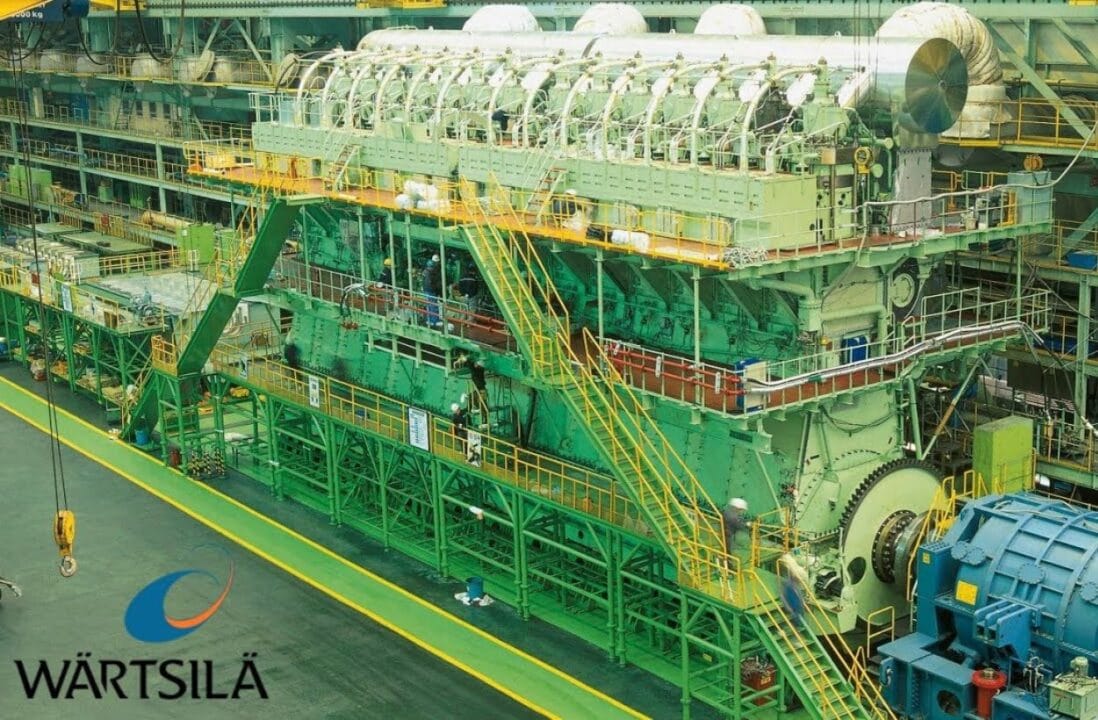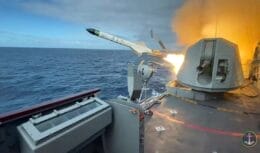
Inside the maritime giants, the engine room hides the engine of a ship capable of moving 20 million kilos, revealing the complexity and power behind modern naval engineering.
In a world where innovation and engineering meet at the frontiers of human knowledge, ship engines emerge as true colossi of modern technology. Imagine, for a moment, the size of an engine capable of propelling a ship that weighs 20 million kilos. This feat not only challenges our perception of power and scale but also highlights the complexity and precision required in building and maintaining these marvels of marine engineering.
In the belly of each ship, hidden from the eyes of passengers and observers, is the engine room, an area dedicated to housing not only the main engine but also a myriad of critical systems that guarantee the functioning and safety of the vessel. It is in this chamber, filled with heavy machinery and complex systems, that the ship's engine – a masterpiece of engineering – operates incessantly to keep the ship moving.
How a ship engine that weighs 20 million kilos works
The ship engine works based on internal combustion, similar to car engines, but on an infinitely larger scale. Parts like pistons, liners, and cylinders, although they share names with their automotive counterparts, are monumental in size and power. The explosion of fuel inside the combustion chamber generates an immense force, capable of moving the piston and, consequently, generating the rotational movement that propels the ship across the seas.
The process begins with the introduction of a mixture of air and marine fuel into the combustion chamber. The pressure generated by the compression of this mixture leads to its combustion, the force of which is directed to move the piston. That movement is then converted into energy rotational, transmitted to the ship's axis and, finally, to the propellers that cut the waves.
Maintenance and operation, a rigorous routine
Ship engine maintenance is a meticulous and continuous routine, essential to ensure optimal engine performance and navigation safety. The engine room, with its multiple levels and complexity of equipment, requires a specialized team that is constantly attentive to any sign of wear or failure in the systems.
In addition to propulsion, ships need to generate their own electrical energy to power navigation systems, lighting, air conditioning, and more. To do this, they rely on generators that operate in a similar way to thermoelectric plants, using marine fuel to generate electrical energy on board.
By exploring the functioning of the ship's engine and the complexity of the engine room, we uncover a little of the veil that covers the engineering and operation of these giants of the seas. It is a testament to human ingenuity and the constant quest to overcome the limits of what is possible, navigating not only the planet's oceans but also the frontiers of innovation and technology.
What types of ship engines are there?

Different types of engines, from traditional rowing and sailing engines to modern diesel and steam turbine engines, equip the vessels, each with unique characteristics adapted to its specific purpose. Among them, diesel/diesel-electric engines and nuclear propulsion stand out, used in a wide range of ships, including submarines, aircraft carriers and nuclear icebreakers, vital for the production of mechanical energy necessary to move vessels. .
In the pantheon of marine engines, the Wärtsilä RT-flex96C reigns as one of the most powerful and efficient in the world. This two-stroke diesel engine, adorned with 14 cylinders, not only impresses with its monumental dimensions – 26,5 meters long and 13,5 meters high, weighing around 2.300 tons – but also with its ability to consume around 1.660 gallons of fuel oil per hour. Your efficiency and power are unmatched, marking a benchmark in the global shipping industry.
And what is the consumption of a ship engine?
Energy efficiency is a constant challenge in the shipping industry, with fuel consumption being one of the main focuses. The range of DEUTZ engines, for example, shows the versatility of the options available on the market, from the SDZ-280, a 6-cylinder turbocharged and intercooled engine with 271,7 horsepower, to the ME-C series engines, which They offer power ranging between 4.350 kW and 82.440 kW. These engines are designed to optimize performance, offering compact solutions with fully integrated electronic control, adjusting to the specific needs of each vessel and contributing to the reduction of fuel consumption and emissions.
The complexity and diversity of ship engines reflect the constant evolution of marine engineering, seeking solutions that combine power, efficiency and sustainability. The development of engines such as the Wärtsilä RT-flex96C and the DEUTZ range highlights the marine industry's commitment to innovation, meeting the demands of a world in constant motion, whilst navigating the challenging waters of energy efficiency and environmental protection. Taking the Wärtsilä RT-flex96C engine as an example, one of the most powerful in the world, it consumes approximately 1.660 gallons of fuel oil per hour. This consumption rate reflects the energy demand to move large ships across the oceans with efficiency and power.










